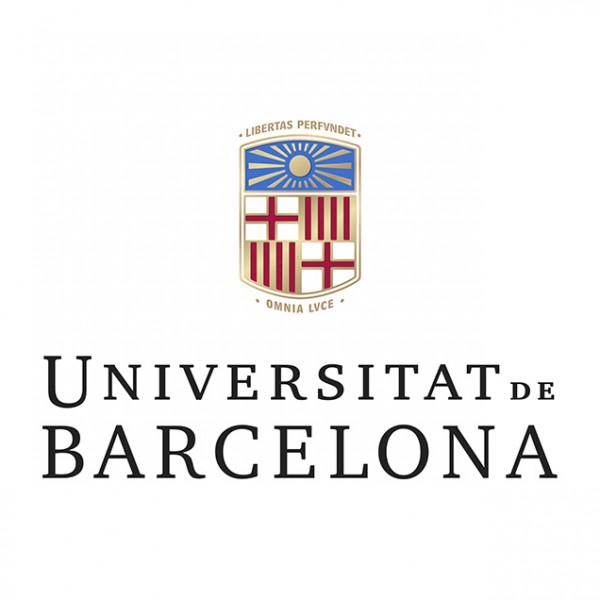ICCUB Seminar. Jonathan C. Than: “Massive star formation through the Universe” [NOT TRANSLATED]

Massive stars have played a dominant role in shaping our universe since its earliest times, but there is no consensus on the mechanism by which they form. I review the physical processes thought to be important in massive star formation, concentrating on a particular theoretical model, Turbulent Core Accretion. This assumes the initial conditions are massive, turbulent, magnetized cloud cores of gas and dust that are reasonably close to virial equilibrium.
We test this via theoretical models and simulations of the physics and chemistry of the interstellar medium and observational searches for these cores. We next consider the protostellar collapse phase as a massive star grows from the core. Various forms of feedback become important in reducing the efficiency of accretion with MHD disk winds playing a crucial role. Again, these theoretical ideas can be tested by observations of massive stars forming in our Galaxy today and I describe some of the latest results in this area.
Finally, I discuss an application of massive star formation theory to the early universe: how massive were the first stars and could they have been the progenitors of supermassive black holes? [NOT TRANSLATED]
